Reality Check: If Your Are an Artist, You Are Also an Entrepreneur
The dream of living off your creativity is powerful. Many artists, musicians, writers, and creators imagine a life where their art sustains them—not just emotionally, but financially. But here’s a truth too often overlooked: if you want to be an independent artist and transform your creativity into your livelihood, you are also choosing to become an entrepreneur.
This is not just a mindset shift. It’s a full embrace of what it takes to build, run, and grow a business—because that’s exactly what a career as an independent artist is.
Embracing the Entrepreneurial Reality
When people imagine an independent artist’s life, they often picture pure creative freedom. Waking up when you want, spending days in flow state, making art on your terms. While there are moments like that, they are balanced—sometimes outweighed—by the harsh realities of entrepreneurship.
Being an entrepreneur means:
Long hours. Especially at the beginning, building momentum takes time. You might work late nights not only on your art but also on logistics, marketing, and financial planning.
Sacrifice. Personal time, social outings, vacations—all might need to take a backseat while you establish your business.
Wearing every hat. Until you can afford a team, you’re the creative director, marketing manager, social media coordinator, bookkeeper, and customer service rep.
If that sounds overwhelming, you’re not alone. Many artists struggle not because they lack talent, but because they underestimate the business side of a creative career.
In fact, this is why so many artists either stay hobbyists or end up signing exploitative deals. Without the right support or knowledge, they feel it’s impossible to manage both creativity and entrepreneurship.
But it is possible—with the right strategy and expectations.
Yes, You’ll Have to Do Things You Don’t Like
One of the biggest hurdles for independent artists is the realization that running a creative business involves tasks they might not enjoy—or even dread.
Social media? It’s not optional. It’s one of the most powerful tools for reaching audiences directly without a middleman. (Tip: If you struggle with social media, read our article Finding Creative Inspiration in Unexpected Places to help you discover ways to make content creation feel authentic.)
Marketing and PR? Absolutely essential. Even the most brilliant art can’t sell itself. Learning how to promote your work—or hiring help when you can—is a non-negotiable part of growth. Check out Why the Rich Are Not Financially Free for insights on why control over your income (through business and marketing) is the real path to freedom.
Financial management? Critical. You’ll need to learn about budgeting, taxes, and long-term planning. Our blog post Mastering the Art of Budgeting for a Purpose-Driven Life offers valuable advice here.
These are not burdens. They are investments. Every successful independent artist has had to master—or at least oversee—these functions to maintain their creative freedom and sustain their livelihood.
Creativity Is a Business Asset
Your creativity isn’t just passion. It’s intellectual property. It’s a product. It’s the engine that powers your business.
The good news? Creativity is your greatest entrepreneurial advantage. Unlike many startups where the founders have to invent a product from scratch, your product is your own unique artistic expression. No one else can replicate it. That’s a powerful position.
However, creativity alone isn’t enough. You must package it, promote it, and position it in the market.
If you’re not sure how to start leveraging your creativity as capital, our article Your Creative Capital: The Key to Purpose and Prosperity can help clarify how to think about your work as both art and business.
The Freedom is Worth It
Yes, entrepreneurship is challenging. Yes, it requires stepping far outside the comfort zone of pure creation. But for many artists, the rewards are worth the effort.
Creative control. No gatekeepers deciding what’s “marketable.”
Financial autonomy. You control your pricing, revenue streams, and business model.
Purpose-driven work. You can align your business with causes, values, and missions you believe in.
And perhaps most importantly: You can build a life where creativity isn’t just a pastime, but the foundation of your livelihood.
Final Thoughts: Don’t Just Dream It—Structure It
Many artists say they want to “make it” independently but never take the next step: structuring their career like a business.
If you’re ready to move beyond the dream and into action, start by assessing where you stand with both your creative and business skills. You might also want to explore our article Do You Need the Music Industry to Succeed as an Artist? which explains why you have more power (and responsibility) than you think.
Remember: independence doesn’t mean doing it alone. It means taking ownership of your career—and seeking out the knowledge, tools, and support to make it thrive.
